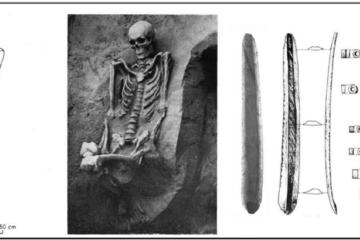PGAA
Prompt Gamma Activation Analysis (PGAA) is a non-destructive bulk analytical tool for determination of elemental composition, based on the detection of prompt-gamma radiation induced by neutron capture into the atomic nucleus. The method is considered non-destructive. In principle, every chemical elements can be measured quantitatively, but with very different sensitivities. […]








